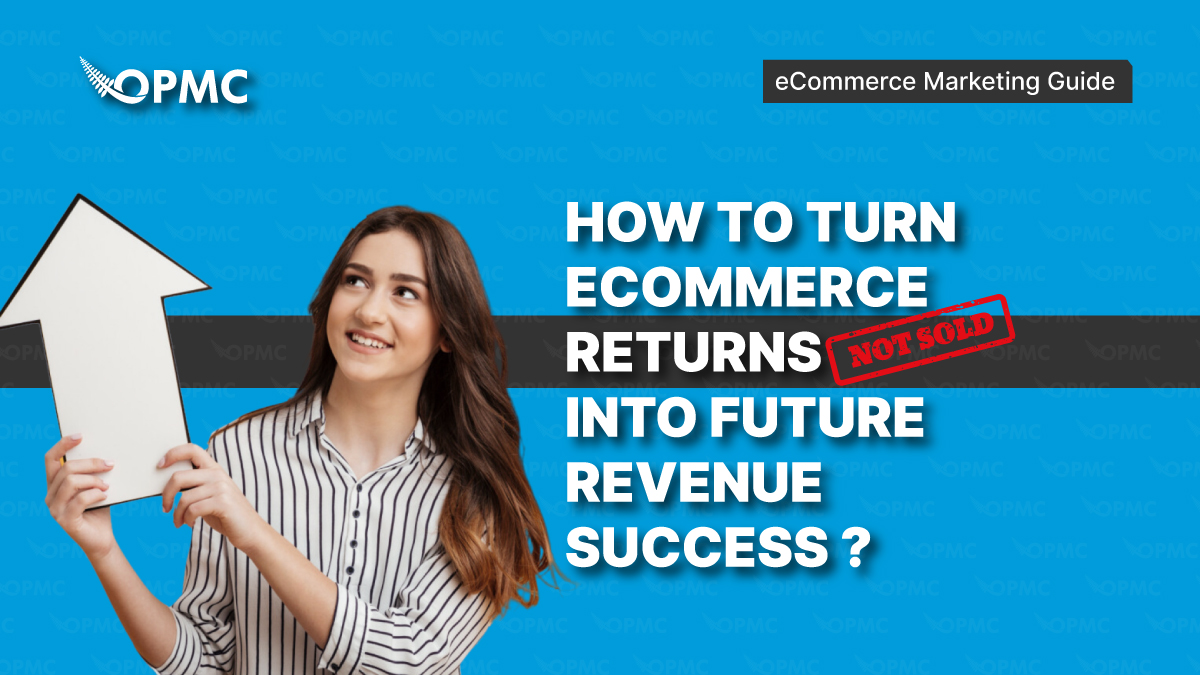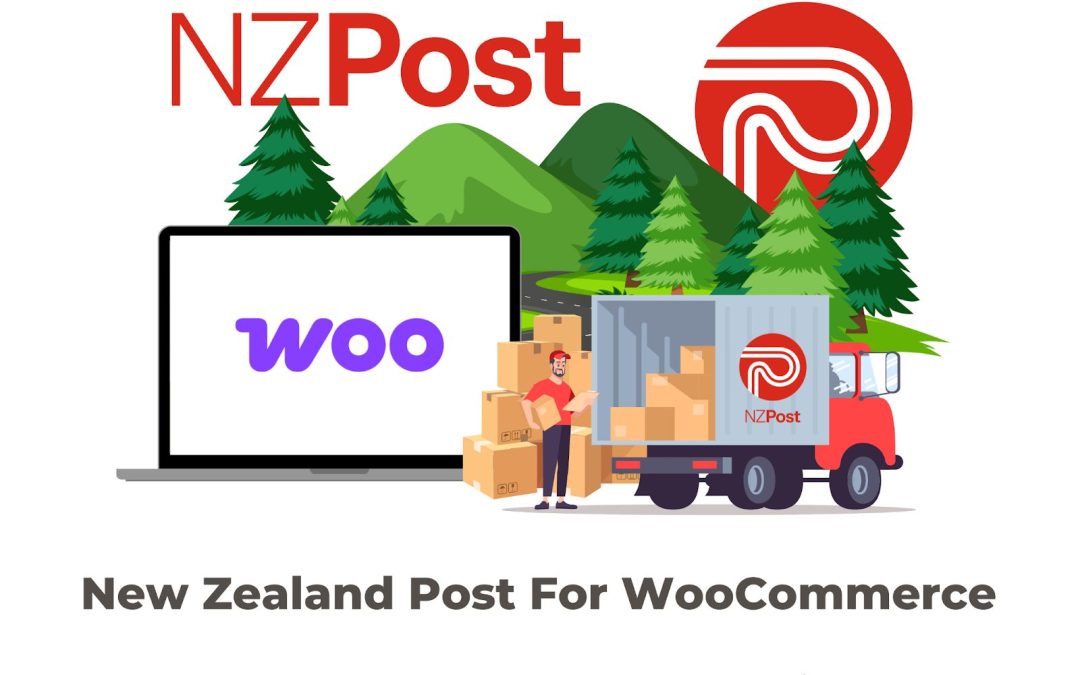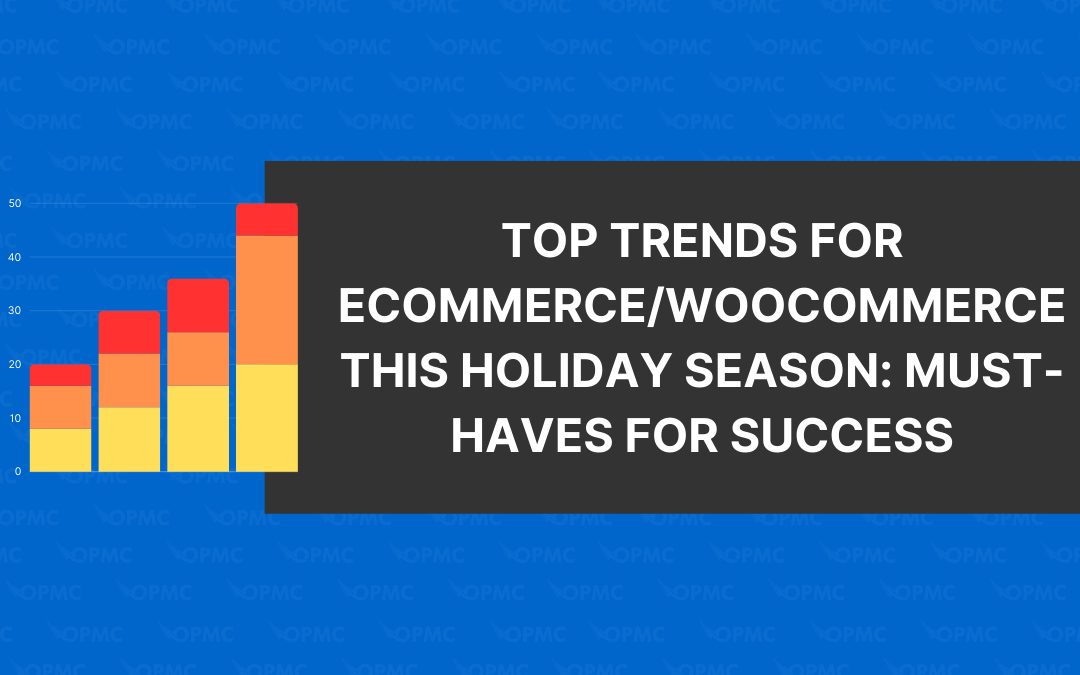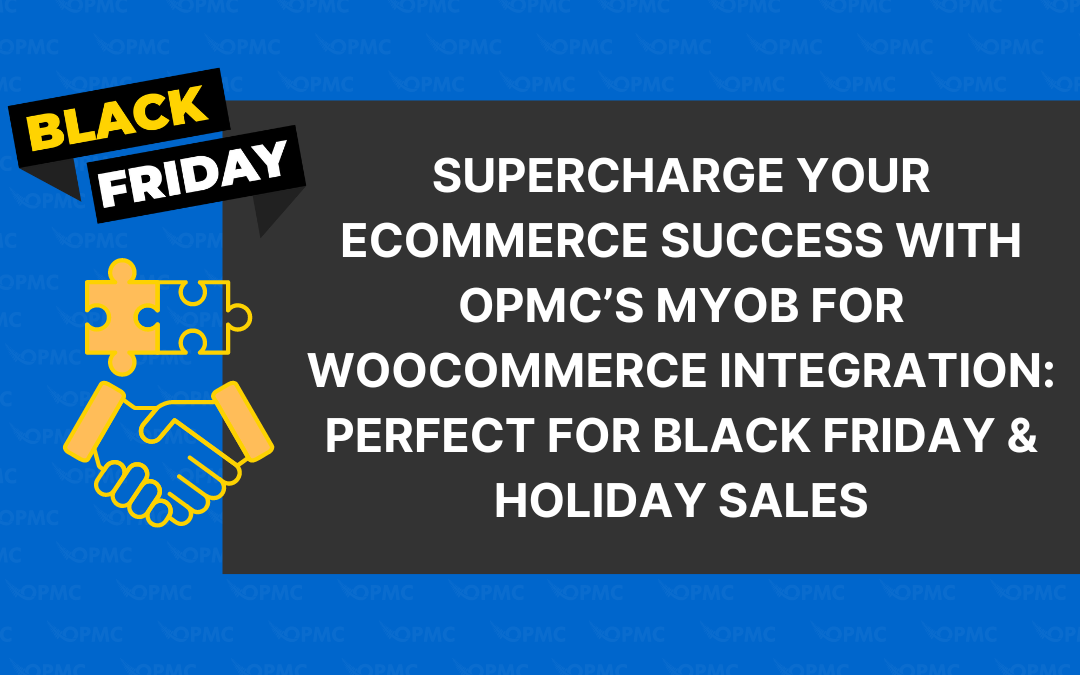Ecommerce returns surpassed $203 billion in 2023. That is a massive number of financial resources being shifted around because someone doesn’t like the fit of their customised pet clothing.
Like it or not, you are going to have a lot of returns in your ecommerce business. How you manage these will directly impact your customer satisfaction and any loyalty programs you run.
Not to mention returns can hurt or improve your profit margins.
Luckily, there are ways to rethink ecommerce returns and turn them into a revenue-generating strategy instead of a loss leader.
Why Do Ecommerce Returns Matter?
From chargebacks, fraudulent transactions, or poor-quality products, you need to know how your ecommerce returns function.
The smoother the returns process, the more you are enhancing the overall customer experience. If your target audience feels supported through a clear and concise process, they will spread positive word-of-mouth marketing about your brand.
The better your online reputation, the more positive influence you can expect on your profit margins.
Plus, having a smooth returns process improves your inventory management and supply chain – two critical factors for any ecommerce brand.
Changing the Mindset: Returns to Retention
If you want to improve your return rate and lower expenses, you must change how you perceive ecommerce returns.
Stop thinking of these as lost revenue, defective products, or inventory you have to store somewhere.
Instead, consider ecommerce returns as new opportunities to engage with customers and improve retention rates. You want to start focusing on engaging and returns as an opportunity hidden in plain sight.
Tips for Turning Returns into Revenue
#1 – Engage on a Personal Level
More and more customers want to be treated as if they are your sole client. They want a personalised approach to marketing, sales, and returns.
Use the returns process to improve your customer interactions. You’ll retain valuable insights into their needs and demands that can be leveraged to enhance and streamline your online store.
#2 – Give Them “Special” Treatment
Go above and beyond what a regular return process may involve. Make things as simple as possible and help customers out by offering store credit or personalised discounts.
The goal here is to make them feel so well-treated that they want to return for a new sale. Customer service is a crucial part of sticking out from the competition.
Even if you offer an average product, you can stand out with customer service that others are unwilling to provide.
#3 – Use Feedback Wisely
Customer feedback is fundamental to improving your online store. Negative feedback tells you where there is an issue, and positive feedback lets you know where you can spend more time and effort.
The goal is to turn this data into actionable improvements to your products, services, shopping experience, website, and supply chain.
If someone makes a small suggestion like including your phone number on the invoice, do it! You may experience a massive boost from a minor tweak to your operations.
#4 – Upsell, Upsell, Upsell
This tip for turning ecommerce returns into profit involves a little nuance. When customers return an item, it may be because they didn’t like the product or there was an unresolvable issue.
You’ll have to train your customer support team to recognise these problems and massage them enough to turn them into sales opportunities.
SKIMs is a notable example. If you purchase an item and want to return it, you are charged for the cost of shipping. However, if you can choose store credit and ship for free, it increases the chance you’ll make additional purchases in the future.
#5 – Encourage Exchanges Over Returns
Returns can be expensive. The cost of shipping, replacing the item in your storefront, and dealing with inventory management can add up.
Offer customers a fair exchange instead. You get to keep the money already in your account. They get an item that builds brand loyalty. All your team has to do is replace a product on a shelf.
#6 – Update Your Return Policy
A clear and concise return policy is your first line of defence to lowering expenses. The more returns you get, the better you can improve this policy.
As you get feedback for your process, you can change things, so they improve the online shopper’s experience and lower your financial losses.
#7 – Optimise Reverse Logistics
An often-overlooked aspect of running an online business is the reverse logistics side of the equation. This is getting the item from the customer back to your source location.
Shipping and physical maintenance of items are two extremely expensive aspects of ecommerce. When you streamline this process, you lower your overall expenses per sold item.
The result is more operational revenue for improvement and reinvesting.
Wrapping Up
Ecommerce returns are not a chance to hide your head in the ground and hope everything pans out okay. It is a hidden opportunity to streamline operations, lower expenses, and improve customer loyalty so they’ll make more purchases in the future.
One of the best ways to help with this process is to use our Odoo for WooCommerce plugin. This automates many of the backend services and inventory management you need for optimised ecommerce returns. With this technology, you create a streamlined path of real-time communication between Odoo accounting software and the WooCommerce website platform. That means benefits like:
- Comprehensive Odoo integration for WooCommerce.
- Synchronised product categories and details.
- Point of sale enhancements.
- Seamless exporting products to Odoo online.
- Business processes optimisation.
- Streamlined order functions for imported orders.
Download our automated plugin today and make your ecommerce return process a breeze.
FAQs
What is a good return rate for ecommerce?
Unfortunately, there is no way to measure this across all industries. If you can keep them in the 20-30% range (or lower), you are doing better than most.
How do you manage returns in e-commerce?
Start with a clear return policy, make the customer side of the experience as easy as possible, and use their feedback to improve future interactions.
How important are returns in ecommerce?
Ecommerce returns directly impact customer satisfaction, loyalty, and how your online business operates.




